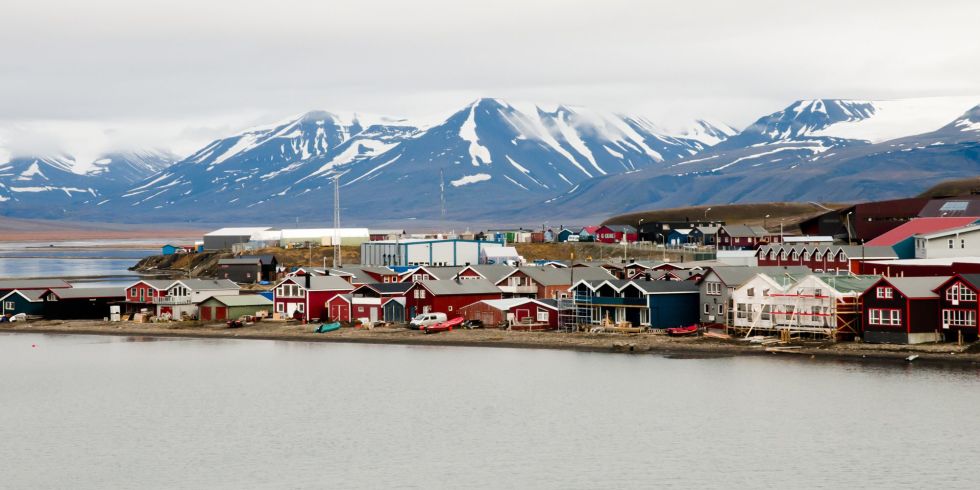In addition to dealing with round-the-clock darkness in the winter and the constant threat of polar bears, the 2,000 residents in the remote Norwegian town of Longyearbyen must also follow one very strange law: it’s illegal to die there.
Located on the Norwegian archipelago of Svalbard about halfway between mainland Norway and the North Pole, Longyearbyen is so cold that dying has been illegal there since 1950 when locals discovered that bodies weren’t decomposing in the cemetery because of the frigid weather.

In fact, when scientists exhumed corpses of those who died in the 1918 flu pandemic in 1998, they were able to retrieve live samples of the deadly virus.

Inhabited mostly by coal miners, locals became so scared of diseases spreading after they found that bodies weren’t decomposing, they made it illegal for any more people to buried in the local graveyard. While cremation urns are allowed to be buried there, so few people have taken up on this option that the terminally ill must leave the island and fly to the Norwegian mainland to spend their last days.
‘If you seem to be about to expire, every effort will be made to send you to the mainland,’ Jan Christian Meyer, from the Norwegian University of Science and Technology, told The Sun.
However, there are very few people born here, too. While there is a small hospital in Svalbard, pregnant women are encouraged to travel to the mainland in advance of their due date.

These aren’t the only reason why you probably don’t want to move here anytime soon. The town is so far north that it stays dark in the winter for four months at a time with zero difference between night and day for nearly three of those months. There are also nearly 1,000 polar bears who call the island home, which pose a dangerous threat to locals.
But hey, you’re basically guaranteed to see the Northern Lights there so maybe it’s worth a trip. Just don’t die.












